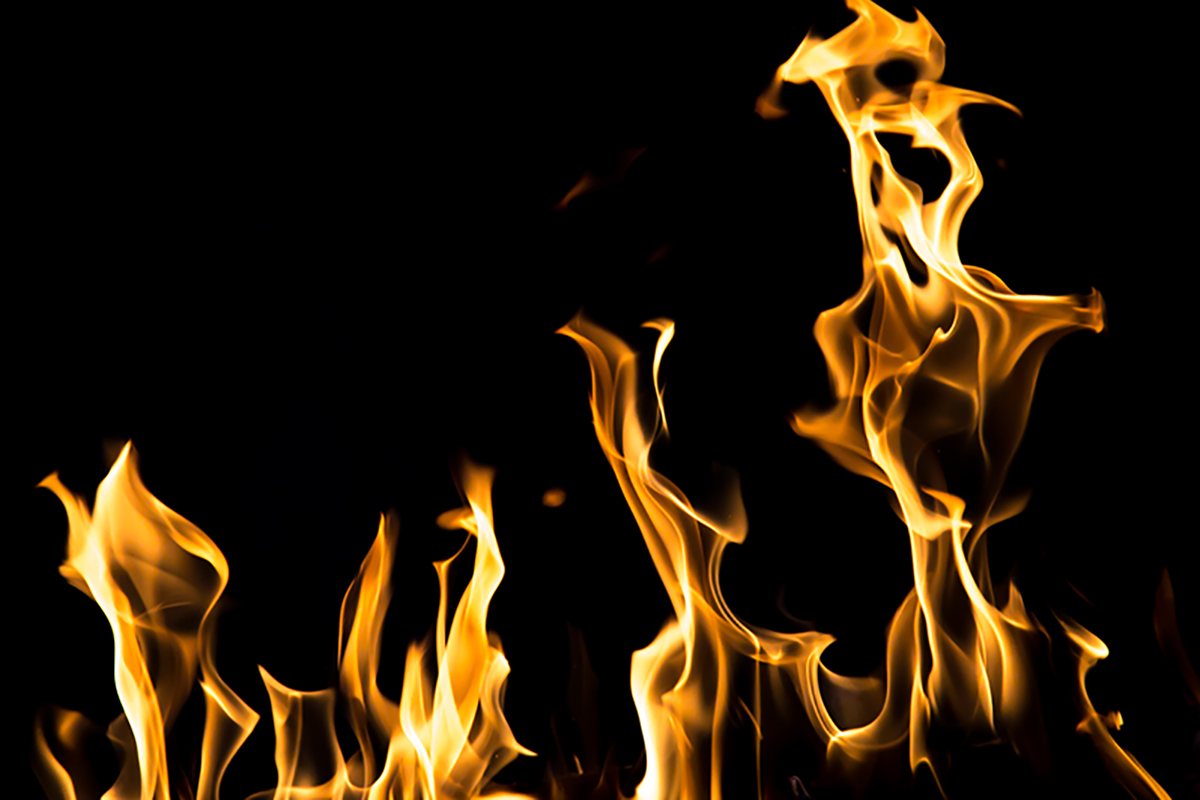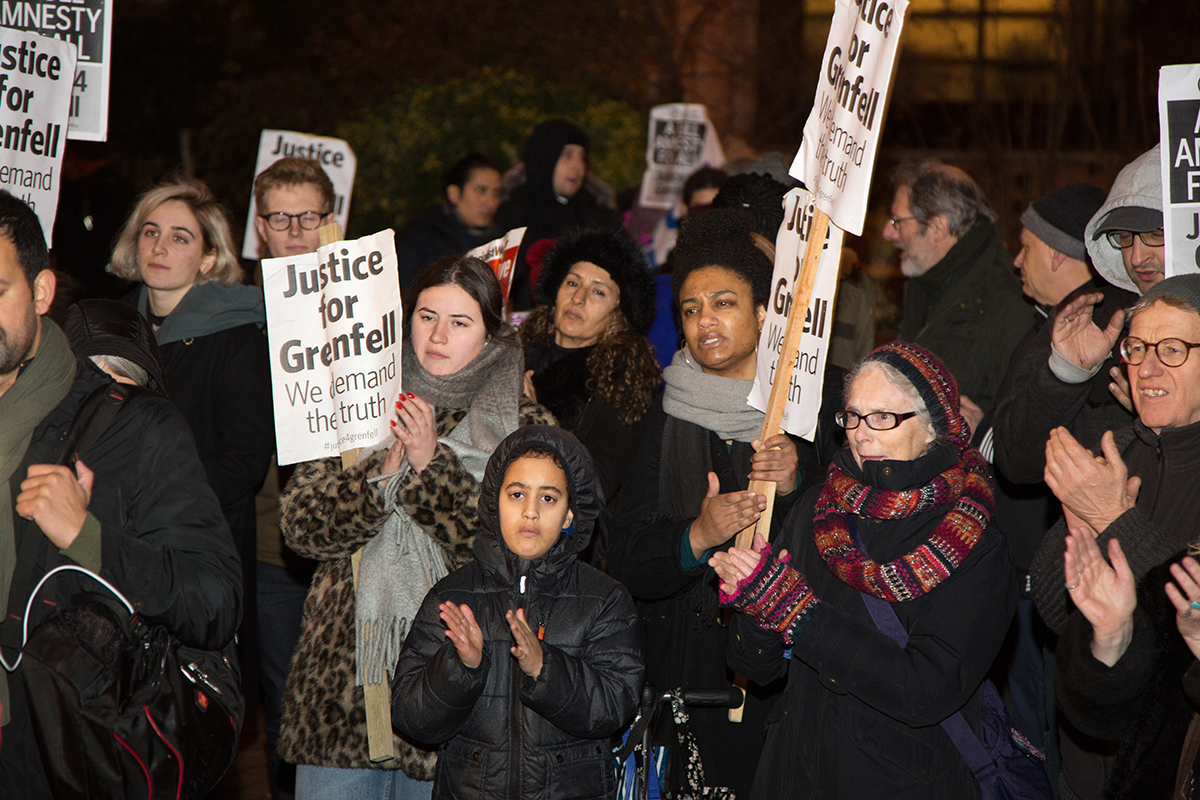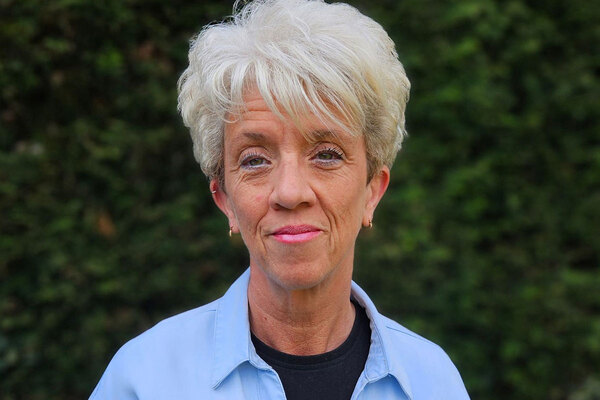You are viewing 1 of your 1 free articles
The major fires over Christmas
Fire safety expert Sam Webb looks at three major fires over the Christmas period and what they mean for the social housing sector post-Grenfell
After Christmas, three fires made the news in a country still reeling from the effects of the fire at Grenfell Tower.
That fire revealed not only the grim truth that English building regulations are not fit for purpose, but also the vast financial gulf that has grown between people who live cheek by jowl in the richest borough in London.
Last Thursday, a three-year-old boy playing with the burners on a kitchen stove in the Bronx, NY caused the worst fire in 25 years in New York. It killed 12 people, including four children.
Official fingers were quick to point at his mother leaving him unattended and then running out of the flat, clutching two children, and forgetting to shut the door. People do that in fires. It’s why we have door closers on fire doors.
Was there one in this case?
On Saturday 30 December, a fire broke out and spread up the outside of a tall multi-storey block of flats in Manchester.
It spread from flat to flat, via timber balconies.
A video of the Manchester fire
There are no building regulations preventing the construction of timber balconies. As they do not use cladding or insulation, timber balconies are allowed.
They have two drawbacks – apart from being slippery when wet. They can rot, so people can fall through, and can aid the spread of fire.
Once, they would never have been allowed because of fire spread.
This is because before the abolition of the Greater London Council, everyone followed the London Building Acts line, which meant you couldn’t put wood on the outside of buildings unless it was a house. Today, in our more modern times, they are allowed.
It is not clear, however, the extent to which social landlords have timber balconies on their blocks.
“Once, timber balconies would never have been allowed because of fire spread.”
Then on New Year’s Eve an accidental fire in the engine of a Land Rover spread throughout a multi-storey car in Liverpool, destroying some 1,400 cars and the car park.
A video of the Liverpool fire
In 2010, just after David Cameron was elected prime minister, the Department for Communities and Local Government (DCLG) had the following to say about sprinklers in multi-storey car parks: “This research was commissioned by the previous government. The views and analysis expressed in this report are not those of the authors and do not necessarily reflect those of the DCLG. This document is being published in the interests of transparency.
“Fire spread in car parks BD2552: 3.6 Fire suppression (sprinklers) The effectiveness of sprinklers in limiting a fire to a single car has been demonstrated. This supports findings reported verbally by the fire and rescue service. Sprinklers clearly assist in reducing structural damage.”
Nothing has been done since.
“The Liverpool fire should be a wake-up call and social landlords with car parks should look to install sprinklers.”
Sprinklers in that car park would have saved millions. The Liverpool fire should be a wake-up call and social landlords with car parks should look to install sprinklers.
In its report to the government-commissioned review of building regulations led by Dame Judith Hackitt, the Association of British Insurers stated: “The tragic events at Grenfell appear to be a symptom of a systematic failure of current building control and enforcement regimes.”
The government is quick to point out that the number of fires are falling.
While that may be true, the actual cost of each fire is rising at an alarming rate. In 2006 insurers paid out an average of £5,550 per fire. By 2016 this had risen to nearly £15,000.
While the current government may see the cost of installing sprinklers as a burden on industry, that cost is carried by the rest of us in increased insurance premiums.
What everyone should be asking is: is this a price worth paying?
Sam Webb, fire safety expert; and member, All-Party Parliamentary Fire Safety and Rescue Group
Never Again campaign
Inside Housing has launched a campaign to improve fire safety following the Grenfell Tower fire
Never Again: campaign asks
Inside Housing is calling for immediate action to implement the learning from the Lakanal House fire, and a commitment to act – without delay – on learning from the Grenfell Tower tragedy as it becomes available.
LANDLORDS
- Take immediate action to check cladding and external panels on tower blocks and take prompt, appropriate action to remedy any problems
- Update risk assessments using an appropriate, qualified expert.
- Commit to renewing assessments annually and after major repair or cladding work is carried out
- Review and update evacuation policies and ‘stay put’ advice in light of risk assessments, and communicate clearly to residents
GOVERNMENT
- Provide urgent advice on the installation and upkeep of external insulation
- Update and clarify building regulations immediately – with a commitment to update if additional learning emerges at a later date from the Grenfell inquiry
- Fund the retrofitting of sprinkler systems in all tower blocks across the UK (except where there are specific structural reasons not to do so)
We will submit evidence from our research to the Grenfell public inquiry.
The inquiry should look at why opportunities to implement learning that could have prevented the fire were missed, in order to ensure similar opportunities are acted on in the future.













